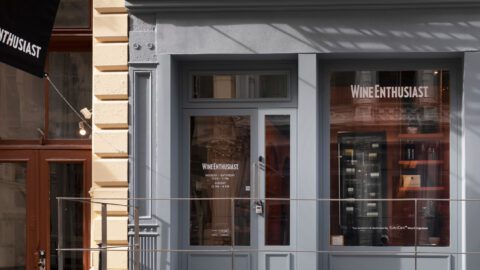Most retailers feel their customer experience could use improvement: 96% agree that it is a core priority for their organization, but 75% believe they need to do it better, according to The Black Hole for Retailers report by Square Root. The brick-and-mortar experience is particularly important, as 79% of retailers believe what shoppers encounter in-store is one of the biggest influencers of the overall customer experience.
However, it’s not enough for retailers to create a single, undifferentiated experience across their entire store network. Crucially, they need to take these plans and pass them down to the local level. From there, corporate can help managers interpret the strategy in a way that will produce optimal results at their particular stores.
“That’s where the magic is,” said Chris Taylor, CEO of Square Root in an interview with Retail TouchPoints. “Our thesis is the agile retailer will survive, and agility is defined by how you can roll out strategy down to the store managers and district managers. If we can empower those folks with the right information to make the right decisions, then you’re going to be super-reactive to the market and you’re going to win. If you can’t do that, you’re going to be out of business in five years.”
Retailers still have work to do on this front: 42% say their initiatives aren’t well-integrated across the business. Giving district and store-level managers the tools and knowledge they need to mold companywide initiatives into local tactics is the first step in providing a strong customer experience.
Corporate And Local Leaders Want Different Data
Every store in a retailer’s portfolio has its own needs. A successful promotion at an urban store may not have the same draw at a rural location, while a small shop will have fewer resources to work with than a flagship store. Retailers must align their data in a way that makes sense for the stores in question, since a high-level overview might not be useful to a location with unique strengths and weaknesses.
“Typically, there’s a large business intelligence tool that can gather all the information in one place for analysis,” said Taylor. “The dream of those tools is that they also provide store-level insight to drive accountability. What we see in practice is that those tools work pretty well in the boardroom for the things that we want to try to move across the organization. Where they fall short is how they paint with a very broad brush, and often aren’t really telling the stories in a way that’s useful down to the store and district managers.”
Rather than simply telling a manager what the overall data shows, executives need to present information that fits the proper context, according to Taylor. A small store might be able to explain away low sales by blaming its size, but being shown that it is among the lowest-performing small locations chainwide provides context that highlights the issue. From there, the retailer can suggest tactics that have worked at successful stores with similar demographics. By applying tightly focused lessons rather than a high-level overview, retailers can drive success on a more granular level.
A Better Backend Creates A Better Customer Experience
Technology also can be a valuable tool for managers: 78% of retailers agreed that improved backend tools and technology would help them better understand and improve the customer experience. However, 71% said their organization invests almost exclusively in customer-facing technology.
“If you can get a tool to the district and store managers that allows them to really understand and set priorities, that’s what’s going to make all these different initiatives effective in the store,” said Taylor. “The reality is each store probably has different initiatives that it focuses on, or a different way a corporate initiative is happening.”
Ensuring that the various tools offered to managers are integrated with each other can improve efficiency, which can in turn lead to a better shopping experience. Managers can use the extra time to teach associates and ensure initiatives are being rolled out properly, ensuring that customers are getting the attention they deserve.
Empowered district and store managers are among the most powerful tools retailers have on the ground. These local leaders can become the lynchpin of a successful strategy, by tailoring the store’s presentation to the customers they work with every day.













